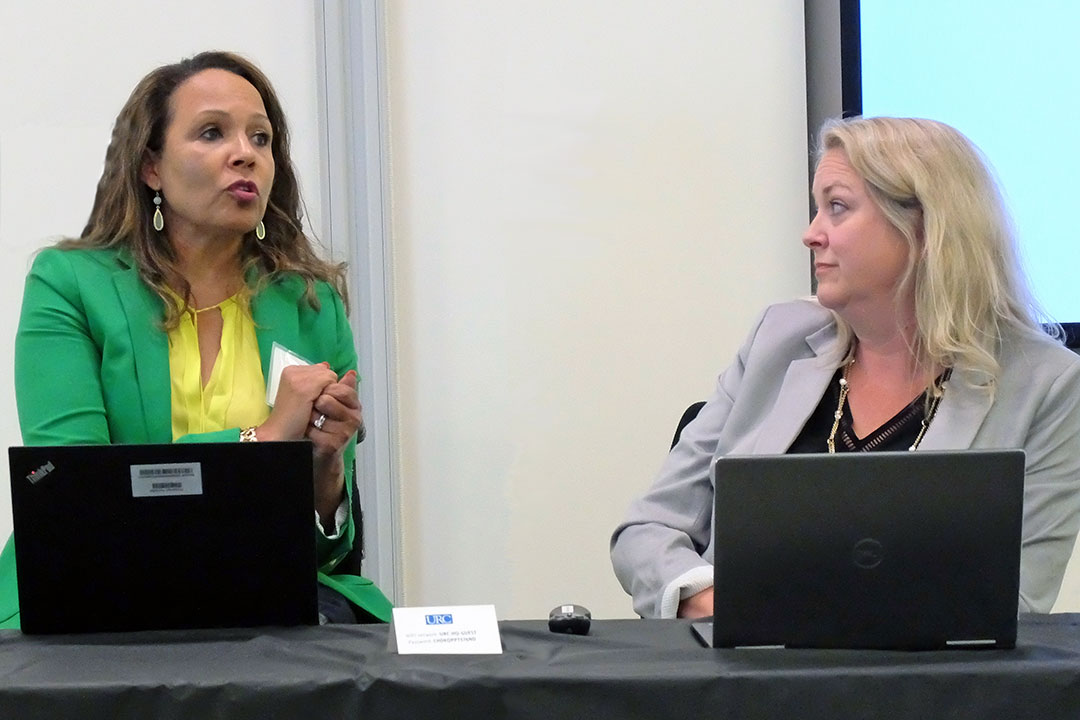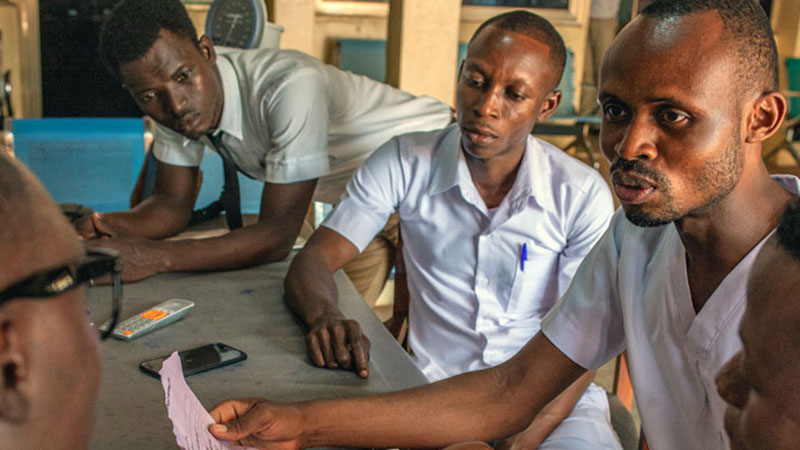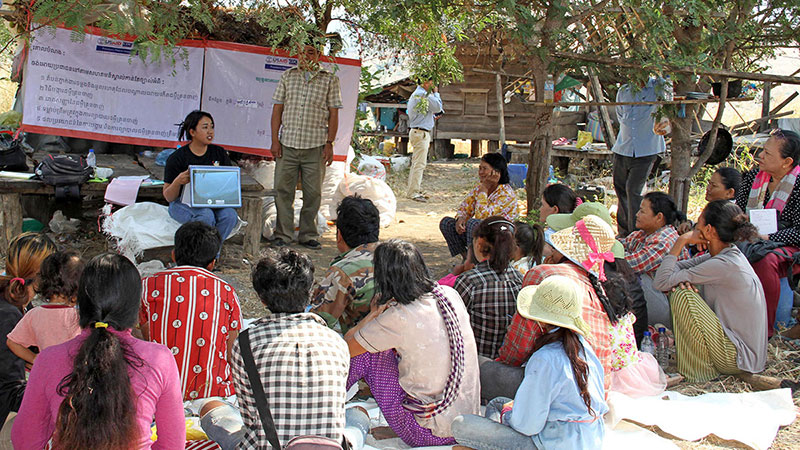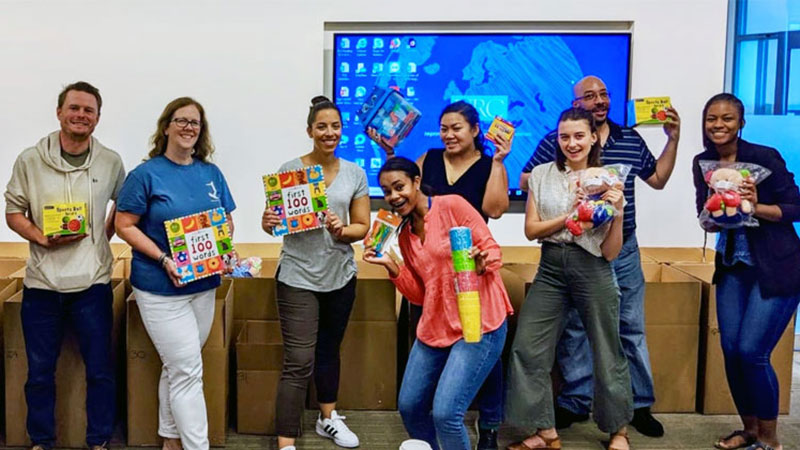Worldwide, only an estimated 10 percent of children with disabilities are enrolled in schools, with only half this number finishing primary school.
Like all students, young people with disabilities require literacy skills to break out of the poverty cycle, access health services, and gain employment. However, most students with disabilities in low-and-middle-income countries are either not receiving a quality education or are denied access to education altogether.
That could change with wide use of a new toolkit. The Reading within Reach (REACH) Project, funded by USAID and led by URC, introduced the long-anticipated “Universal Design for Learning to Help All Children Read: Promoting Literacy for Learners with Disabilities” at a Sept. 7 event at URC headquarters.
The toolkit serves as a guide for educators on how to ensure all students achieve literacy. It provides evidence-based research on educating students with disabilities while providing recommendations on how to build a holistic, multi-tiered model of supports within the general education classroom.
“The main reason we’re doing this is because, honestly, we’re failing these kids,” said Anne Hayes, the toolkit’s lead author and a consultant for the REACH project.
Teaching Practices That Help All Students
When architects began designing buildings to be accessible to people with disabilities, they unlocked an unexpected side benefit: The buildings worked better for non-disabled people as well, Hayes said.
Educators have found similar results from applying the principles of Universal Design for Learning in literacy classrooms, to meet the needs of students with different disabilities. In offering multiple ways to engage with content, non-disabled children learn better as well, Hayes said.
The main audience for the toolkit is USAID Education Officers and implementing partners working in early grade literacy. It also may help support ministries of education, disabled persons organizations, families of children with disabilities, teachers, and administrators in their efforts to improve learning of students, both with and without disabilities.
REACH Project Director Jennifer Gerst said a possible next step could be to create a global community of practice to support people who are implementing the toolkit’s recommendations.
Charlotte McClain-Nhlapo, Disability Advisor at the World Bank, panel discussant at the September 7th launch, supported the community of practice idea. The toolkit “really raises the bar … in terms of inclusive education,” McClain-Nhlapo said. She noted that the World Bank recently pledged to ensure that all education programs it finances are disability-inclusive by 2025.
Lengthy, Thoughtful Process Created the Toolkit
The toolkit was developed from a thorough and participatory process, which included:
- Input from educational stakeholders through the Global Reading Network;
- Expert interviews with more than 30 key stakeholders, including academics, non-governmental organizations focused on education and disability, disabled person organizations, and representatives from ministries of education;
- An extensive desk review of more than 500 articles, documents, reports, and books;
- Findings discussed during an Experts Meeting on Literacy and Learning held May 1, 2018 at the World Bank with 40 in-person experts as well as comments and suggestions from more than 130 individuals; and
- A review of technical sections of the report by experts working in related fields.
The toolkit is available to the public, and can be found here.



